calsfoundation@cals.org
Sulphur Springs (Benton County)
| Latitude and Longitude | 36°29’00″N 094°27’31″W |
| Elevation: | 909 feet |
| Area: | 1.01 square miles (2020 Census) |
| Population: | 481 (2020 Census) |
| Incorporation Date: | August 26, 1890 |
Historical Population as per the U.S. Census:
|
1810 |
1820 |
1830 |
1840 |
1850 |
1860 |
1870 |
1880 |
1890 |
1900 |
|
– |
– |
– |
– |
– |
– |
– |
– |
– |
315 |
|
1910 |
1920 |
1930 |
1940 |
1950 |
1960 |
1970 |
1980 |
1990 |
2000 |
|
500 |
470 |
404 |
435 |
543 |
460 |
503 |
496 |
523 |
671 |
|
2010 |
2020 |
|
|
|
|
|
|
|
|
|
511 |
481 |
|
|
|
|
|
|
|
Sulphur Springs in Benton County is only one of many communities in Arkansas that bear that name. Located near the Missouri and Oklahoma borders, it was an important spa and resort center in the late 1800s and early twentieth century as well as the location for a campus of what is now John Brown University (JBU) and facilities for Wycliffe Bible Translators.
Post Reconstruction through the Gilded Age
The original city site contained numerous natural mineral springs, including a rare lithium spring. The reported healing properties of these springs led to the creation of a small community; a post office was established on April 26, 1878, and the city was formally laid out in 1885. The first school opened later that decade, and the Sulphur Springs Speaker newspaper began publishing in the fall of 1888. It was later sold and renamed the Sulphur Springs Record. Sulphur Springs was designated a terminal for what became the Kansas City Southern Railway (KCS), and the first train arrived in 1891; the city remained the end of the rail line for two years. Hotels and other enterprises were quickly established.
Early Twentieth Century
The Bank of Sulphur Springs opened in September 1906. Two years later, a three-story brick-and-stone structure was built for use as a school. In May 1909, the Kihlberg Hotel opened, built by the Sulphur Springs Sanitarium Hotel and Bath Company and named for Oscar Kihlberg, a city promoter. The hotel was constructed of native limestone and was five stories high, with 100 rooms. However, it was not successful. The KCS had been promoting Sulphur Springs to working-class lead and coal miners, while the Kihlberg Hotel was built with an upper-class clientele in mind. The hotel was operated under a series of owners and names, none of them finding much profit in the venture.
In 1911, a block of buildings burned to the ground, taking down many of the city’s commercial interests. Despite the fire, citizens refused new taxes for the construction of a municipal water system. On December 1, 1912, another fire destroyed the local electrical plant. The Sulphur Springs Record was forced to relocate to nearby Gravette (Benton County) during the outage in order to publish. Only in 1914 did construction of a new electrical plant begin, but the damage was already done. Though hotels had their own generators, the KCS likely dropped Sulphur Springs as an excursion point during the outage, especially as many local entertainments, such as the merry-go-round at the amusement park, were run on electricity. In 1915, electrical service resumed.
The Sulphur Springs Echo began publication in 1921, though it was short lived. What was then U.S. Highway 71 was built through the city in 1926.
In 1924, evangelist John Brown, who had earlier opened John E. Brown College in Siloam Springs (Benton County), bought the Kihlberg Hotel, along with much of downtown Sulphur Springs, and opened John Brown University. The new school was originally envisioned as a place to educate the children of Brown’s wealthier donors, as well as a four-year institution designed to complement his other college campus; however, the university never turned a profit and failed to be accredited as a four-year university. Brown tried running the Sulphur Springs campus as a high school academy and junior college for women, but, in July 1926, he announced the consolidation of his operations in Siloam Springs. By this time, he had angered many townspeople in Sulphur Springs, having begun his own university church to compete with local congregations and attempting to shut down Sunday recreational events. In 1930, the Kihlberg property became the Julia A. Brown School for Children. Four years later, Cameron Townsend, founder of Wycliffe Bible Translators, founded a linguistics school dubbed Camp Wycliffe at Sulphur Springs.
During the Great Depression, businessman W. R. Eaton founded the Ozark Craftsmen’s Guild in Sulphur Springs to employ out-of-work factory laborers, as well as to provide a place at which local farmers might sell their fruit, to be made into jams and jellies. The Julia A. Brown School for Children was replaced in 1937 with Brown Academy, a military academy. On January 2, 1940, the academy burned. It was rebuilt, though only to the second floor.
World War II through the Faubus Era
The Works Progress Administration (WPA), a New Deal agency, was active in Sulphur Springs, building in 1942 what was later called the “Old School,” meant to replace the crumbling 1908 structure that was razed in 1938. In 1948, the school added a cafeteria building that formerly served as a barracks at Camp Crowder in Missouri.
In 1951, John Brown sold his Sulphur Springs properties to Wycliffe Bible Translators, which used the properties for conferences and the like. At one such conference in the late 1950s, the issue of inclusivity came up, which led linguist Ken Pike to comment, “If we had a black person as a member, they could not stay here overnight.” Sulphur Springs was a known “sundown town,” a place where African Americans were forbidden from living, usually through the threat of violence.
Modern Era
In 1965, Sulphur Springs school was consolidated with Gravette. The Old School continued to be used for some lower grades until 1975, when a new elementary school was constructed in Gravette. In 1968, the Shiloh Community—a religious intentional community founded near Sherman, New York, in 1942—relocated to Sulphur Springs, buying and restoring the former Kihlberg Hotel, the thirty-room Livingston Hotel, and another property, built by John Brown, which became the Shiloh House Parsonage. The community maintained itself through a variety of enterprises, including Shiloh Bakery, though they sold that operation in 2001.
After the school was completely consolidated, the Old School Complex was transformed into a community center, housing the public library, a police station, and the Sulphur Springs Museum, founded in 1995. The Sulphur Springs Old School Complex Historic District was listed on the National Register of Historic Places in 2001. Other local properties on the National Register are the 1897 Adar House; the 1927 Shiloh House; and the Sulphur Springs Park Reserve, which contains the site of some of the original springs.
For additional information:
Benton County Heritage Committee. History of Benton County, Arkansas. Rogers: Benton County Heritage Committee, 1991.
Black, J. Dickson. History of Benton County. Little Rock: International Graphics Institute, 1975.
“The Demise of Sulphur Springs.” Benton County Pioneer 45.1 (2000): 12–14.
Janisch, Anna Lee. “The Shiloh Community of Sulphur Springs, Arkansas.” Benton County Pioneer 47.2 (2002): 16–19.
“The Kihlberg Hotel of Sulphur Springs.” Benton County Pioneer 45.1 (2000): 15–21.
Sulphur Springs, Ark., 1890–1990. Sulphur Springs, AR: Sulphur Springs Chamber of Commerce, 1990.
Staff of the CALS Encyclopedia of Arkansas
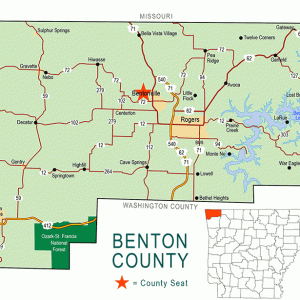 Benton County Map
Benton County Map 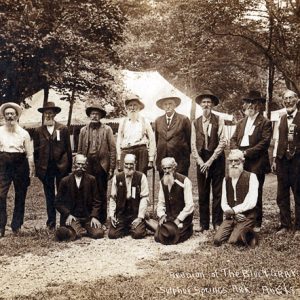 Blue and Gray Reunion
Blue and Gray Reunion 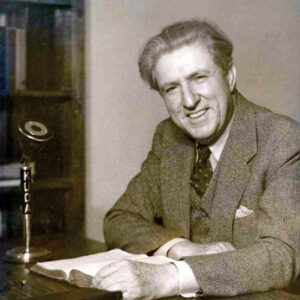 John Elward Brown
John Elward Brown  Hughes Bros. Drugstore
Hughes Bros. Drugstore 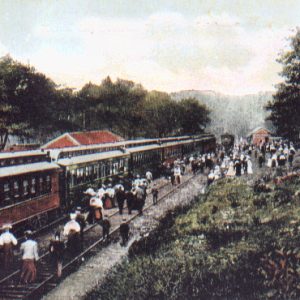 Kansas City Southern Railway
Kansas City Southern Railway  Kihlberg Hotel
Kihlberg Hotel 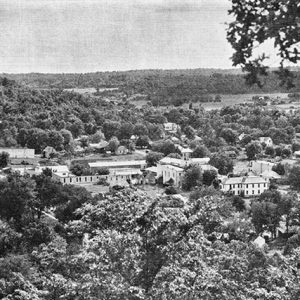 Sulphur Springs
Sulphur Springs 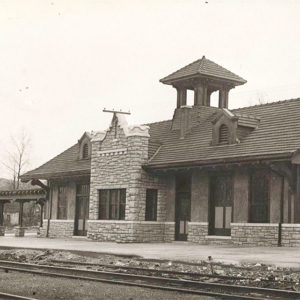 Sulphur Springs Depot
Sulphur Springs Depot 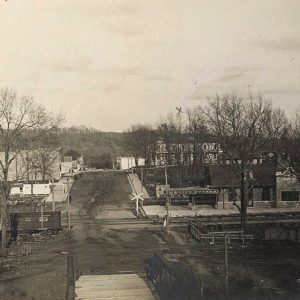 Sulphur Springs Street Scene
Sulphur Springs Street Scene 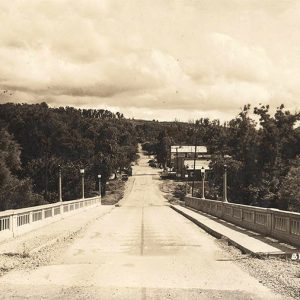 Sulphur Springs Street Scene
Sulphur Springs Street Scene  Sulphur Springs Street Scene
Sulphur Springs Street Scene  Cameron Townsend
Cameron Townsend 




Im twelve, and I live in Sulphur Springs, Arkansas. I can see the old Kihlberg Hotel from my window. I help out there. I perform at Shiloh, and I talk to the owner all the time. My dad and I are friends with him. Im performing there at the Shiloh church again this Dec. 7, 2013! Im looking at the Livingston and Kihlberg Hotel from my home window right now. It looks so cool. Ive lived here for five years.
Several generations of my family (Eldred and Martin families) attended school in Sulphur Springs. I attended fifth grade in Sulphur in the fall of 1974. My younger sister attended kindergarten that year in Gravette by bus. There were only grades 25 in Sulphur at that time. The two fifth-grade teachers were Mr. Brown (English/history) and Mrs. Phillips (math/science). Each teacher had a class, but the students switched rooms after lunch, so Mrs. Phillips taught math/science twice each day. Lunch and activities were in the building behind the school. I remember a school carnival in that building. We also were taught to square dance. Every other week we had a couple of older ladies who taught Bible classes to us in the cafeteria. The ladies brought little pamphlets and cookies and punch. Sulphur was a nice little school where kids walked or rode their bikes to school (as I did). We attended the Methodist church in Sulphur. For shopping, there was one convenience store next to the post office. For groceries, we had to drive into Gravette. So many memories of Sulphur Springs.